Scoliosis is a curvature of the spine that most typically affects teenagers. Some unknown factors cause scoliosis in people with diseases like cerebral palsy and spinal muscular atrophy. The majority of scoliosis cases are mild, although some curvature worsens as individuals grow. Extreme scoliosis can be paralyzing. A particularly severe spinal curve might limit the amount of space inside the chest, making optimal lung function difficult.
Children with mild scoliosis are regularly monitored, generally with X-rays, to determine if the curve is worsening. Many times, no treatment is needed. Some individuals will require the use of a brace to prevent the curve from increasing. Others may require surgery to straighten out. Scoliosis and other spine surgery cost in India are relatively affordable.
Symptoms of Scoliosis
The severity of scoliosis symptoms is determined by the degree of curvature. In mild situations, symptoms may be primarily physical, such as:
- Pelvic and shoulder height differences are visible.
- One or both hips are lifted or significantly higher than the other.
- Uneven shoulders can cause one or both shoulder blades to expand.
- The head is not centered directly over the pelvis.
- Asymmetry in the heights of the rib cages on either side.
- The waistline appears distorted.
- Changes in the look or texture of the skin that covers the spine, including dimples, hairy spots, or color oddities.
- The whole body tilts to one side.
More severe cases of scoliosis may result in:
- Backache
- Difficulty in standing straight
- Radiculopathy, or strain on nerves in the lumbar spine, causes leg pain, stiffness, and/or weakness.
- Height loss
- In more severe situations, bowel or bladder problems
Causes of Scoliosis
Doctors aren’t certain exactly what causes the most frequent type of scoliosis, but it appears to be caused by hereditary factors since this condition can run in families. Less common causes of scoliosis include:
- Neuromuscular disorders including muscular dystrophy and cerebral palsy
- Birth abnormalities impacting the development of the spine’s bones
- As a baby, one had surgery on their chest wall.
- Damage to or diseases of the spine
- Oddities of the spinal cord
What Happens If An Individual Does Not Get Scoliosis Treatment?
As with any condition, the sooner you cure scoliosis, the better you’ll be able to live with it. And the amount of pain you experience with scoliosis is proportional to the degree of curvature. With continuous sitting or standing, those with slight curves of 20 degrees sometimes less may experience little more than back pain or exhaustion. Those with more obvious curves, on the other hand, may face a number of problems.
Untreated scoliosis can cause a variety of structural and functional issues, particularly in those with curves of 50 degrees or more within the thoracic area and 40 degrees (or less) in the lumbar spine. These could include:
- Spinal instability can increase the likelihood of back issues including herniated discs, spondylolisthesis, and others.
- Ribs extending from either side
- Humpback
- Limp induced by a difference in leg length Nerve injury or radiating pain, based on the location of the scoliosis curves
- Sciatica
- Sitting, walking, or standing problems
- Rigidity and stiffness of the spine
- Cardiopulmonary (heart and lungs) conditions
How Does Scoliosis Get Diagnosed?
While the spine has normal curves when seen from the side, there should be no visible curves when viewed straight on. A minor amount of curvature is normal; anything more than 10 degrees is called scoliosis. After visiting your doctor for back pain, you may be diagnosed with scoliosis. According to a recent study, nearly 40% of teenagers with scoliosis complained of low back pain.
However, this is not always the case. Because the problem worsens over time, children and people in the early stages with mild curvatures are less likely to develop symptoms if they are treated promptly. Regular checkups are essential for both adults and children. They will, however, be more regular if your spine is still developing.
If your child has scoliosis, they should be examined by a doctor every 4 to 6 months. During your child’s visit, their doctor will inquire about their well-being and whether their clothing is fitting properly. They will also inquire whether female patients have started menstruating since their last appointment, as the arrival of a girl’s menstruation indicates that her growth is slowed. The doctor will also undertake a physical exam with a scoliometer to see if the spinal curvature has worsened.
Physical exam
If your preliminary screening raises any issues, your doctor will evaluate you using a scoliometer, which is similar to a carpenter’s level. Your doctor will place the scoliometer atop your back at the most rotated or conspicuous part of your ribs or low back while you are bending forward from your waist with your legs straight, your torso parallel to the floor, and your arms hanging down. The scoliometer will then be used to measure the angle of curvature.
Screening
Whether or not symptoms are visible, your child’s pediatrician will usually perform a scoliosis screening during the yearly check-up. Furthermore, some jurisdictions require schools to evaluate students for scoliosis on a yearly basis.
During this type of routine evaluation, specialists look for any differences in shoulder blade prominence—that is, if one shoulder blade pushes out more compared to the other—and shoulder and hip elevation. The individual must be able to draw a straight line between the tips of the shoulders and another across the waist if their spine is normal; if an individual suffers from scoliosis, these lines will be horizontal.
X-ray
Standing x-rays are often obtained at a radiology facility. An individual’s specialist will go through them to analyze the curves, pinpoint their precise location, and detect any degenerative changes, especially in older patients whose condition may have worsened progressively over time. Other symptoms, including spondylolisthesis or spondylosis, will be looked for by one’s specialist; while they impact the opposite plane, they can provide further information.
Treatment for Scoliosis
Scoliosis brings up pictures of braces and possibly memories of being evaluated for it by the school nurse in grade school. Bracing is a popular treatment option for scoliosis as it can correct the curve without requiring spine surgery.
However, there are situations when the curve is too severe and bracing is insufficient. In that case, scoliosis surgery in India can be performed to fix the curve. Although new advancements have resulted in novel new surgical choices over the last decade, there has also been a major shift in the medical community towards a more patient-centered care approach.
When developing a treatment plan, the new paradigm considers one’s X-rays and measurements, along with personal encounters with them and their family, in addition to the individual’s lifestyle and beliefs. There is a higher dependence on back and forth and evaluation of the child’s and family’s goals.
Treatment plans are gradually inclining the expertise of a multidisciplinary team. This is especially true for those who have chronic health concerns like high blood pressure, heart disease, or diabetes. For these people, the entire risk profile is very important in formulating their care strategy.
Non-surgical exercise
Depending on the extent of an individual’s curvature and the level of pain, one may be unable to engage in some sports. While exercise hasn’t been proven to cure scoliosis, it can help people of all ages manage their symptoms.
Core stretching and flexibility training, in addition to low-impact activities like swimming, biking, and using an elliptical machine. One’s pain level determines whether one can effectively engage in greater-impact workouts like jogging and kickboxing.
Scoliosis Surgery
Surgery is often a good option for patients who have explored more conservative procedures but their quality of life is hampered by back and/or leg discomfort and spinal abnormalities that limit their movement and capacity to engage in everyday activities. Children and adolescents with extreme curvatures, as well as adults with degenerative scoliosis, may benefit from surgery. One can consult with the top scoliosis surgeon in Bangalore to manage their condition effectively.
How Does One Manage and Live With Scoliosis?
It might be frightening for children to hear they have scoliosis. Having that label defines them at a point in their lives when they do not want to be known. They may dislike the idea of using a brace as well. Scoliosis, on the other hand, is not something to be ashamed of. Scoliosis does not have to control one’s life if one gets the right treatment.
Living with scoliosis presents unique challenges based on the individual, their gender, and the intensity of their disease. Scoliosis is not just a physical problem; it can also have an impact on the individual’s mental health and ability to participate in activities. But, there are various resources that can help one or their child in coping with the condition and living a full life.
Final Thoughts
Although scoliosis can have an impact on one’s health and quality of life, it does not have to. Seeking treatment may be easier than you think with the help of experienced professionals through surgical and non-surgical ways to help manage your disorder. Seek treatment immediately from the best scoliosis surgeon in Bangalore if you have scoliosis or are suspicious that you may have it.



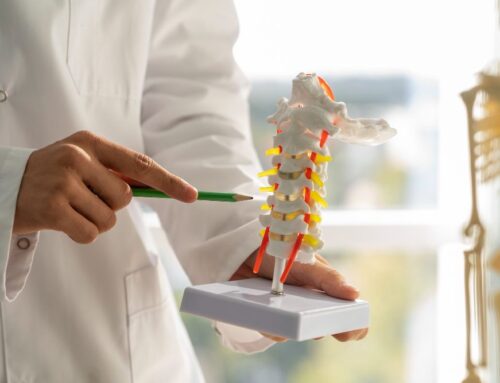
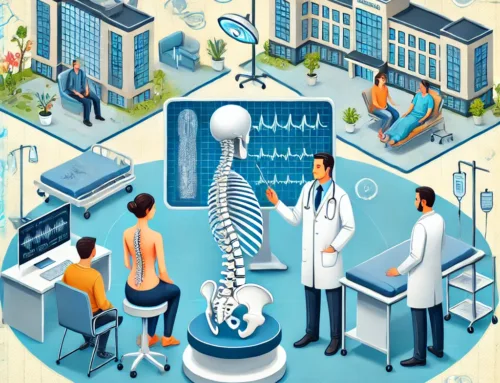
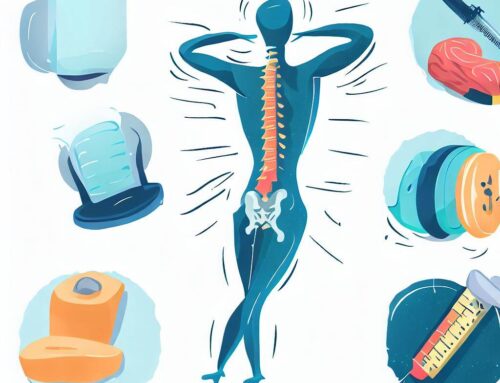
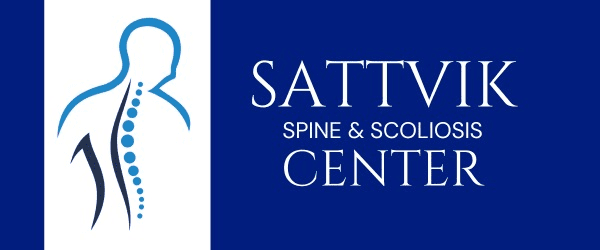



Get Social